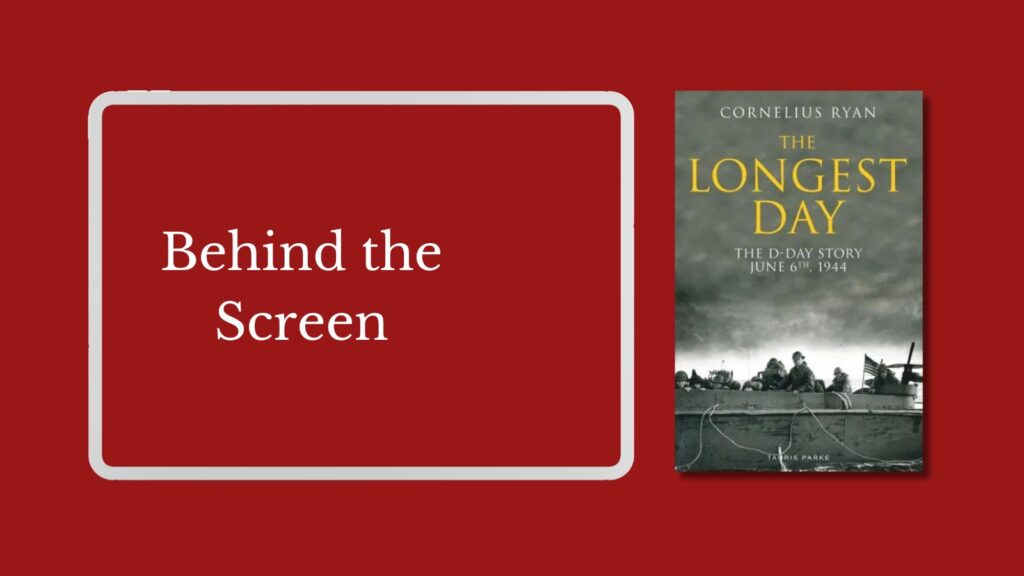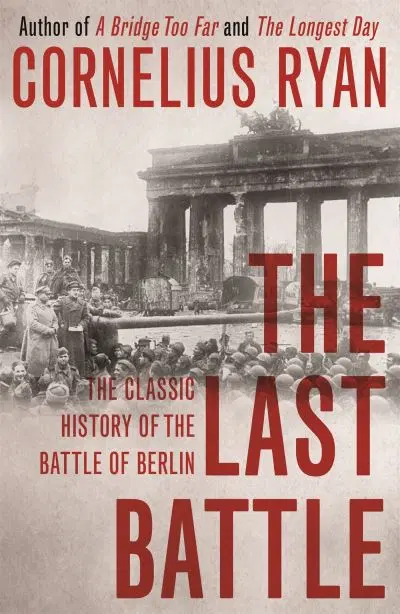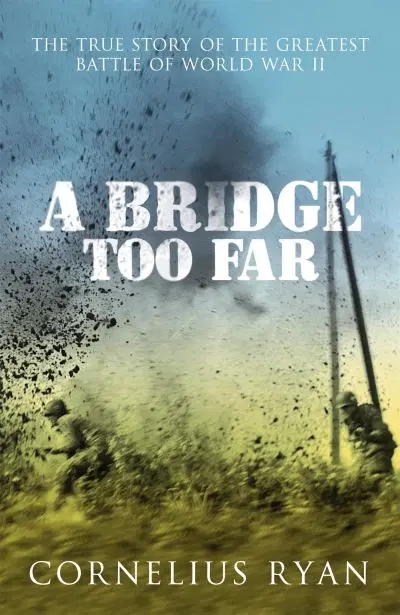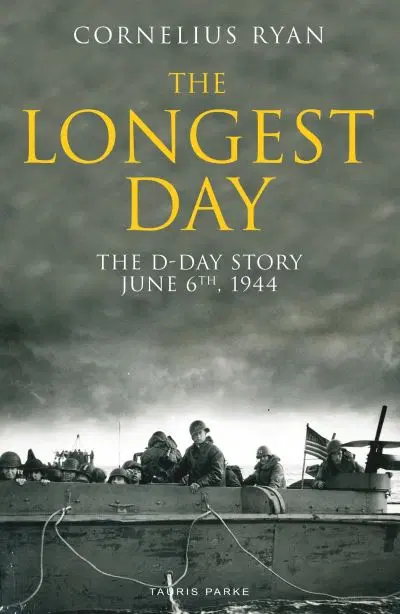
The story of Operation Overlord, the Allied invasion of France on 6 June 1944, that inspired a block buster movie
by Tony Canavan
Usually in this column I write about a work of Irish fiction that inspired a Hollywood film, but this time I’m writing about a factual account of a key episode of World War II that led to the making of the film The Longest Day.
The book was written by Irishman Cornelius Ryan, who had been a war correspondent. The film was made in 1962, produced by Darryl F. Zanuck, and boasted a star studded cast with the likes of John Wayne, Robert Mitchum, Richard Burton and Henry Fonda on screen. There’s even a cameo appearance by Sean Connery (after Darby O’Gill And The Little People, but just before he became James Bond) as an Irish soldier in the British army, a nod to the thousands of Irish people who served in the Allied armies in the war.
There’s even a cameo appearance by Sean Connery as an Irish soldier in the British army, a nod to the thousands of Irish people who served in the Allied armies in the war
At the 35th Academy Awards, the film was nominated for five Oscars, including Best Picture, and won awards for Best Cinematography (Black-and-White) and Best Special Effects. It was also a commercial success, being the highest grossing black-and-white film up till then.
Cornelius Ryan was born in 1920 in Dublin, where he grew up. He moved to London in 1940 to work as a journalist and became war correspondent for The Daily Telegraph. He covered the air war in Europe. When the US entered the war, he flew along on fourteen bombing missions with the Eighth and Ninth United States Army Air Forces and later was with General George S. Patton’s Third Army until the end of the war in Europe.
In 1946 he was in Jerusalem to cover the end of the British mandate in Palestine and the formation of the state of Israel
He moved to the Pacific theatre until the Japanese surrendered. In 1946 he was in Jerusalem to cover the end of the British mandate in Palestine and the formation of the state of Israel. He moved to the States after the war where he wrote for Time magazine at first and then worked for Collier’s Weekly and the Reader’s Digest (which helped fund his research for the book). In 1951 he became a US citizen. He died on 23 November 1974.
It was while on a trip to Normandy that he became interested in telling the story of Operation Overlord, the Allied invasion of France on 6 June 1944, known to history as D-Day. He began compiling information and conducted over one thousand interviews with both Allied and German officers and soldiers, as well as French civilians.
In 1956 he began to write what became The Longest Day: 6 June 1944 D-Day. It was published in 1959 and became an instant success, selling tens of millions of copies in eighteen different languages. Darryl F. Zanuck paid US$175,000 for the film rights and Ryan helped to write the screenplay for the 1962 film. He went on to write The Last Battle (1966), and A Bridge Too Far (1974), which was also turned into a star studded film.
It was while on a trip to Normandy that he became interested in telling the story of Operation Overlord, the Allied invasion of France on 6 June 1944, known to history as D-Day
Interestingly, it is said that the editor, Peter Schwed, came up with the title for the book. It was inspired by a comment made by Field Marshal Erwin Rommel to his aide Hauptmann Helmuth Lang on April 22, 1944: “…the first twenty-four hours of the invasion will be decisive…the fate of Germany depends on the outcome…for the Allies, as well as Germany, it will be the longest day.”


The book begins and ends in the village of La Roche-Guyon, which Ryan tells us was the most occupied village in France; for each of the 543 inhabitants there were more than three German soldiers, probably because Erwin Rommel, commander-in-chief of Army Group B, had his headquarters in the nearby castle (which was the seat of the Duc de La Rochefoucauld). The book is divided into three parts: ‘The Wait’, ‘The Night’ and ‘The Day’, reflecting the three phases of the operation. The details in the book include a section on the D-Day casualties and lists of the contributors with their service details on the day of the invasion and their occupations at the time the book was published.
The book begins and ends in the village of La Roche-Guyon, which Ryan tells us was the most occupied village in France
Reflecting the non-fiction origins of the book, the film was shot in sombre black and white, with the script and production influenced by military and civilian advisers who had participated in the original events. It had three different directors: Ken Annakin (British and French sequences), Andrew Marton (American sequences), and Bernhard Wicki (German sequences).
Many Allied and German D-Day participants were employed as consultants. Some of them were in turn represented in the film: Günther Blumentritt (a German general), James M. Gavin (an American general), Frederick Morgan (Deputy Chief of Staff at SHAEF), and John Howard (who led the airborne assault on the Pegasus Bridge), for example. Even Lucie Rommel, widow of Field Marshal Erwin Rommel, advised on the film. As well as this, several cast members had seen action as servicemen during World War II, such as Henry Fonda, Kenneth More, and Rod Steiger; Richard Todd was among the first British officers to land in Normandy and participated in the assault on Pegasus Bridge.
several cast members had seen action as servicemen during World War II, such as Henry Fonda, Kenneth More, Rod Steiger and Richard Todd
The 6th of June 2024 marks the eightieth anniversary of D-Day and the occasion is being commemorated by many ceremonies and broadcasts. We can expect that the film, The Longest Day, will be shown on more than one television channel around the world.
It is interesting to reflect that the decisive account of that day was written by an Irishman who dedicated himself to trawling through the official records, interviewing over a thousand people so that the story of the ordinary people—as well as the great and the mighty—would be recorded for posterity.













